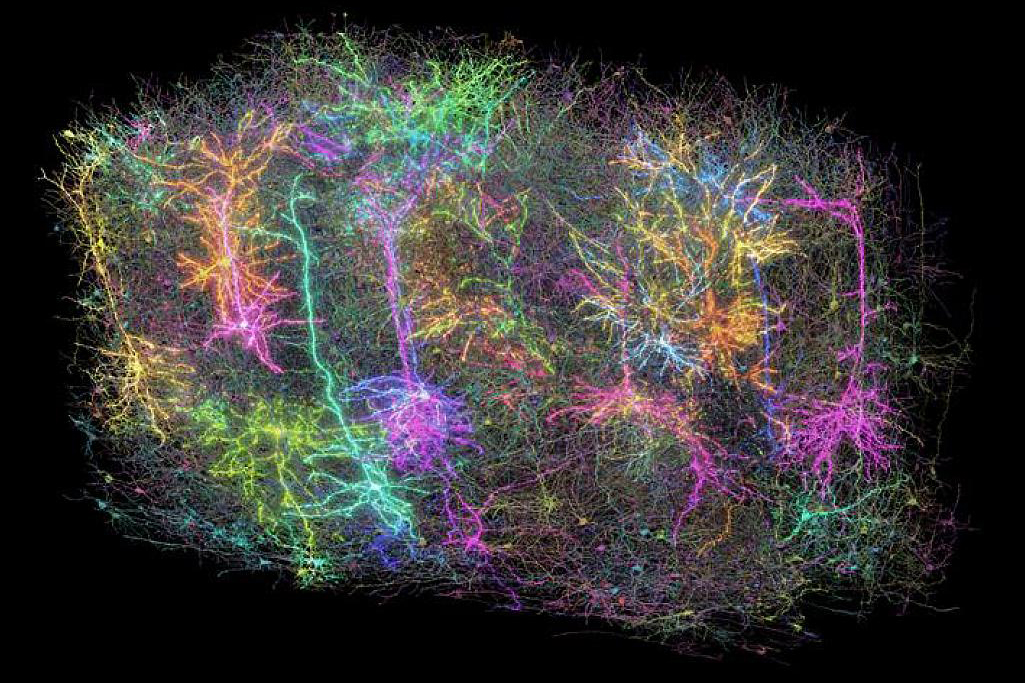Impact of Tropical Cyclones on Education: A Study Unveils Significant Disparities

Recent research led by Stanford University has highlighted a significant, yet often overlooked, consequence of climate change: the detrimental impact of tropical cyclones on educational opportunities in low and middle-income countries. The study, published on April 29 in the prestigious Proceedings of the National Academy of Sciences, paints a concerning picture of how young children, particularly girls, experience setbacks in their schooling due to the devastation caused by these natural disasters.
Tropical cyclones, which are intense rotating systems characterized by strong winds and torrential rain, wreak havoc on communities, especially those that are unaccustomed to such extreme weather. The research reveals that the effects of these storms are not merely temporary; they can lead to long-term educational disadvantages. Eran Bendavid, a senior author of the study and professor at Stanford's School of Medicine, remarks, "Theres a sweet spot or maybe I should say a sour spot where cyclones are intense enough but also rare enough to wreak havoc that causes children to lose out on the opportunity to attend school." This underscores a troubling reality where the intersection of climate change and education creates barriers for the most vulnerable populations.
The study analyzed educational records from over 5.4 million individuals across 13 countries that suffered from tropical cyclones between 1954 and 2010. The findings are stark: children exposed to a cyclone at preschool age experienced a 2.5% decrease in the likelihood of starting primary school. In communities that are less accustomed to these storms, this figure escalates to as much as an 8.8% reduction following particularly intense storms. Alarmingly, over the past two decades, more than 79,000 children in these nations have been prevented from ever starting school due to cyclone-related disruptions, resulting in a staggering total loss of 1.1 million years of schooling.
Furthermore, the research indicates a significant gender disparity in the educational impacts of tropical cyclones. Girls are disproportionately affected, which not only aggravates existing educational inequalities but also raises questions about societal expectations. After a cyclone, girls are often expected to shoulder more domestic responsibilities, leading to their absence from school while boys may be allowed to return. This dynamic reveals the complex interplay between gender roles and education in the wake of natural disasters, pointing to a necessity for focused interventions.
Moreover, the study highlights that communities with lower overall education levels experience greater declines in enrollment following cyclones. Educational opportunities are often deprioritized in these areas, leading to a widening gap in educational attainment between regions that prioritize education and those that do not. Renzhi Jing, the study's lead author and postdoctoral scholar at Stanford, emphasizes, "Education is key to personal development, but tropical cyclones are depriving vulnerable populations of the opportunity to go to school." This is particularly concerning given the long-term implications for economic prospects and social mobility.
The consequences of cyclone exposure extend beyond enrollment figures; children affected are less likely to complete primary education and enroll in secondary schools. This educational disruption perpetuates cycles of poverty and inequality in regions already grappling with such challenges. Intriguingly, the research also notes that areas frequently impacted by tropical cyclones tend to show smaller declines in school enrollment. This suggests that communities with regular exposure may have developed adaptive capabilities, including improved infrastructure and more resilient social systems. Conversely, communities unaccustomed to such storms suffer significantly more due to a lack of preparedness and adaptation strategies.
The findings of this study underscore the urgent need for policymakers and international organizations to address the educational impacts of climate change proactively. As the frequency and intensity of tropical cyclones rise, the number of children whose education is disrupted will inevitably increase. Experts advocate for the prioritization of educational infrastructure protection and support systems, particularly those designed to assist girls, to mitigate these adverse effects. In light of these findings, the call for investment in disaster preparedness, resilient infrastructure, and community-based adaptation programs has never been more critical.













